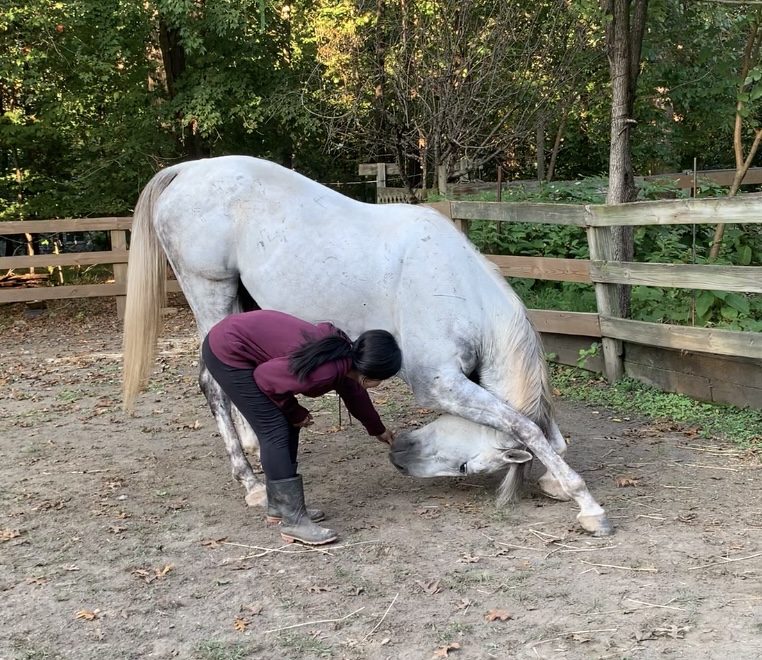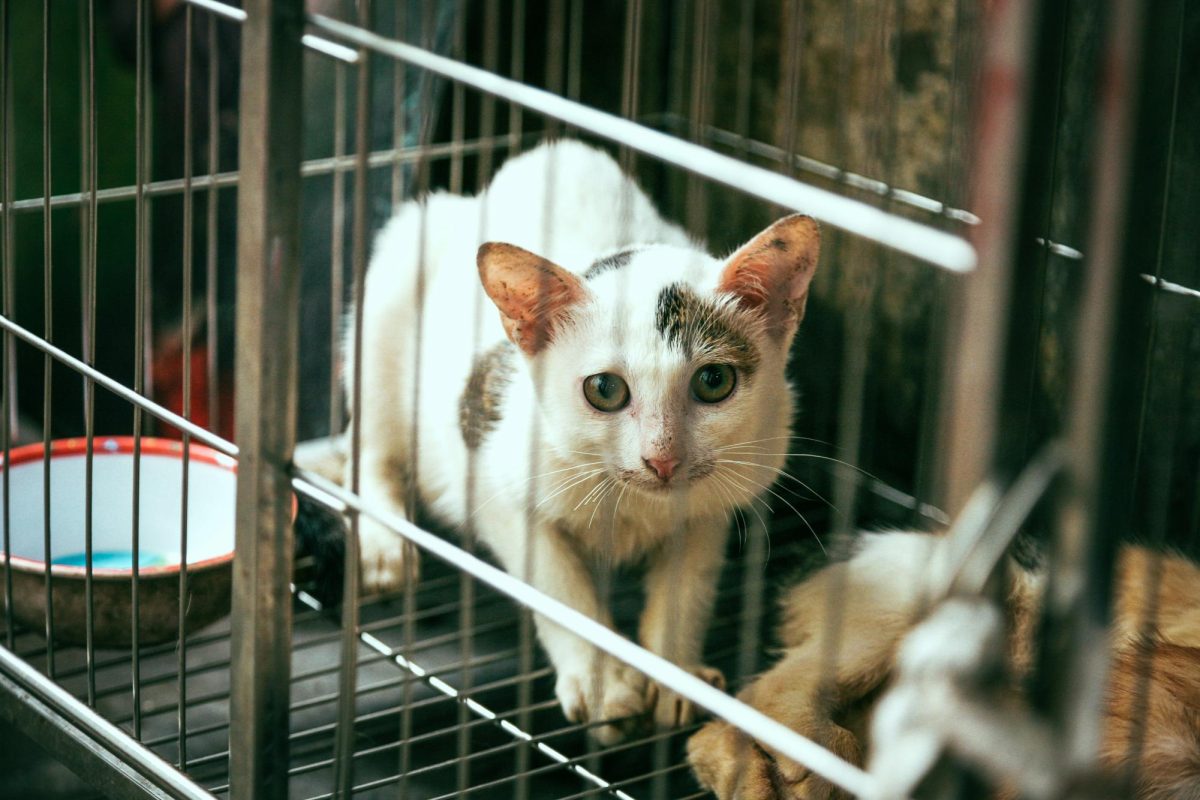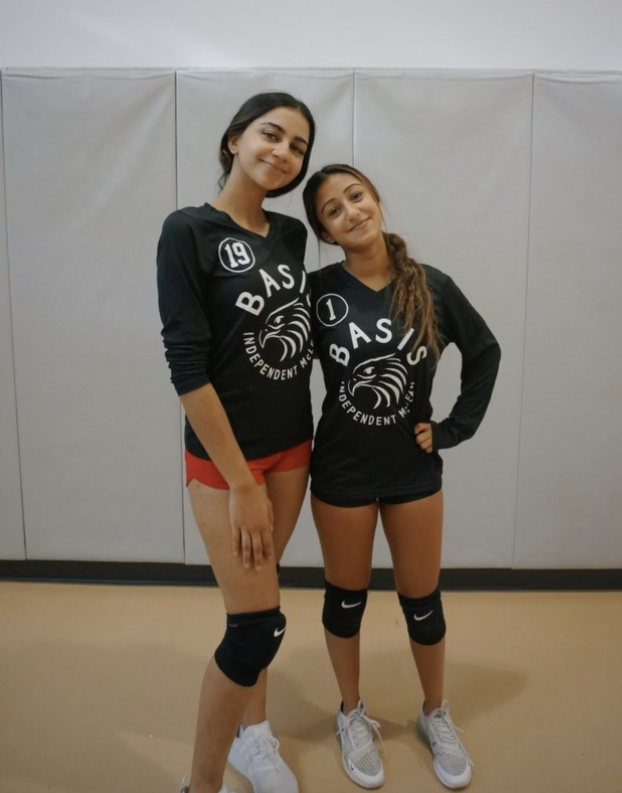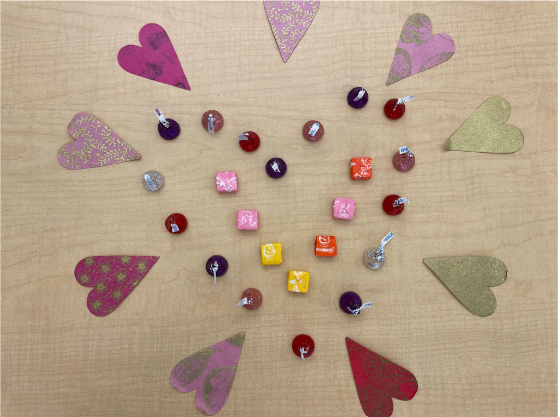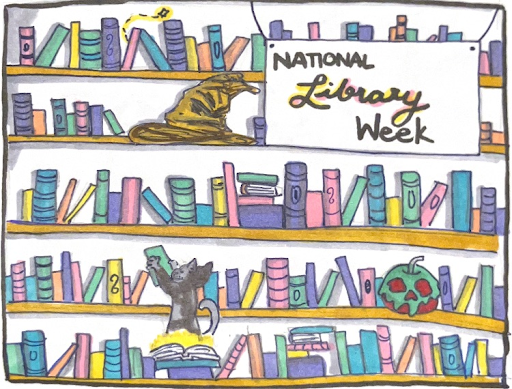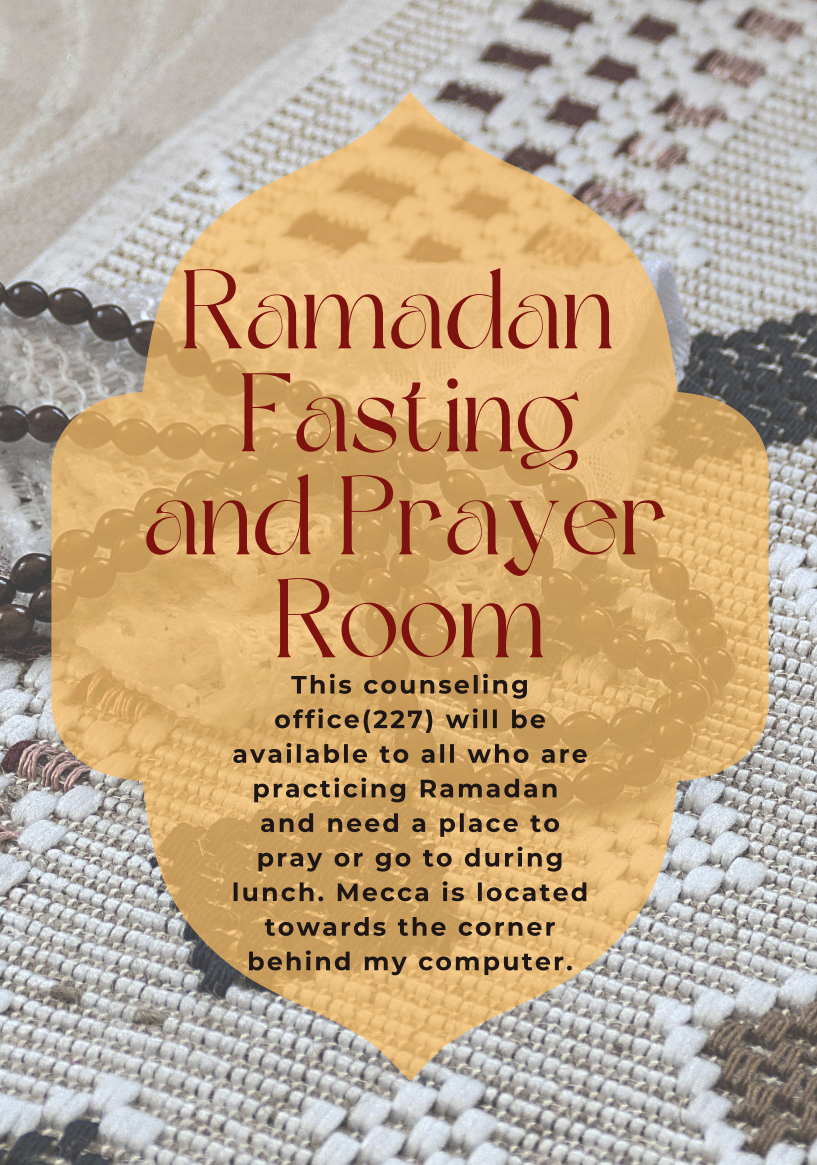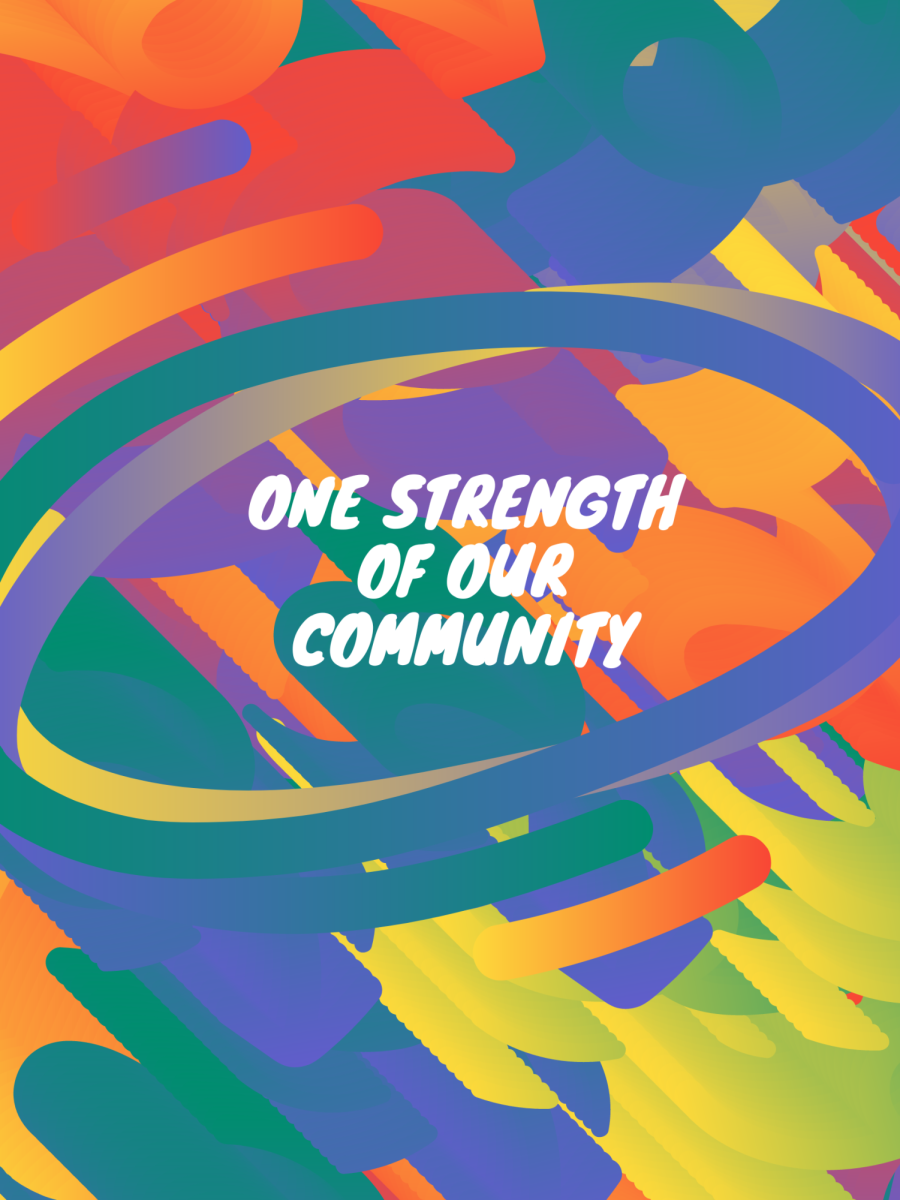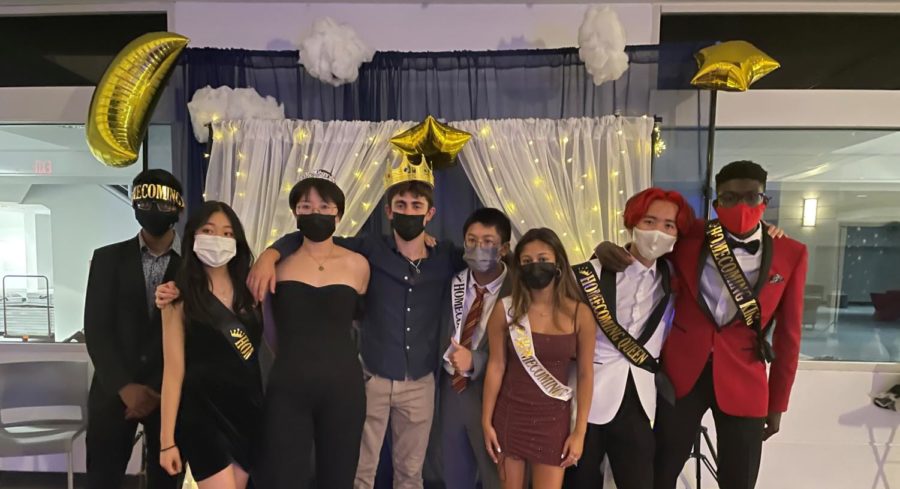Dogs. Cats. Hamsters. Fish. Many BIM students have animals at home, ranging from the energetic parrot to the hardworking horse. With so much going on in school, extracurriculars, and life in general, students may struggle to squeeze in quality time with their animals.
Do you find that you’re not spending as much time with them as you would like? Have you wondered how you can maximize quality time with your own animal? If you answered yes to either of these questions, keep scrolling to find ways you can fix that!
1. Good ol’ Fetch
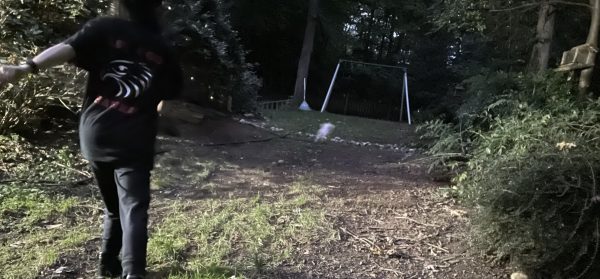
“Fetch” is by far one of the most common activities people do with their dogs, and it’s no wonder! Fetch encourages exercise and gives the owner a chance to bond with his or her animal. The best part is, fetch isn’t just limited to dogs! Fetch can be taught to birds, horses, or even cats, though it will take more time to teach. To learn more about Dog, Cat, Bird, and Horse fetch click on them!
2. Clicker training
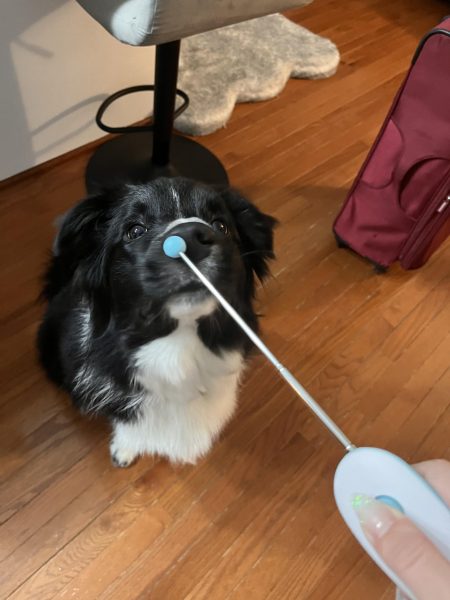
Clicker training is a training method many people use to train their animals to perform a wanted behavior. It involves using sounds, most often tongue clicks (hence, “clicker” training), to command an animal to do something. With clicker training, you get to teach your animal to do cool tricks, and clicker training also elevates the animal’s focus. This will result in your animal being more attentive to you as you are giving them the chance to trust you as an owner and leader.
One thing to note is that clicker training isn’t one-size-fits-all. Every animal learns slightly differently, so spend some time figuring out how your animal best learns before starting. Evaluating your animal’s learning ensures both you and your animal find training to be a pleasurable experience. To start off, you can click these hyper-links to learn more: Clicker training for Dogs, Cats, Birds, and Horse.
3. Hide-and-Seek
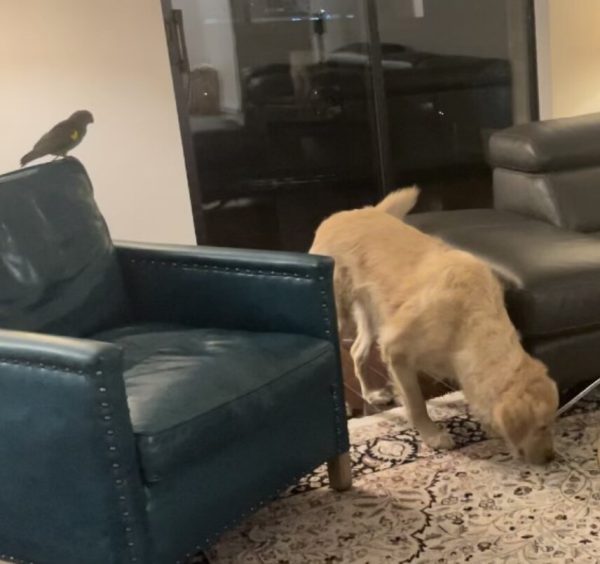
A popular game we all played when we were little, this classic game of searching can be played with pets! This is a great game to play when you get back home from a busy day at school and just need time to wind down before you start up on your homework. Your animal will find it enjoyable as they get the chance to engage in an activity revolving around their natural instincts. No supplies are needed, though having a toy on hand may be helpful.
When you walk into your house, take a moment to glance around the room. If you don’t see your animal, try calling them to see if they respond or show up before you look for them. While looking, be obvious about it! Keep calling them, but do so in a quiet manner. Once you find them or they show up, give them a couple of chin scratches.
Then try the reverse and have your animal look for you. Lure them with a toy, and then quickly hide somewhere. Once they find you, award them with a treat. Or, put a treat in the toy so they can enjoy it once they locate the toy.
4. Scavenger Hunt
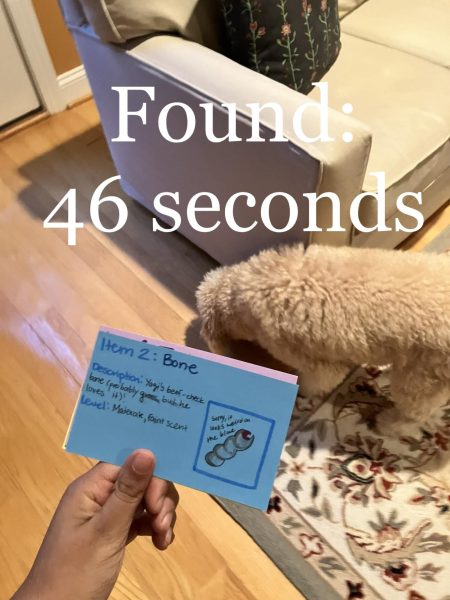
Okay, let’s say that you simply have too much homework that you really need to get started on, but you still want to play a game of scavenging with your animal. If you find this to be you, try doing a scavenger hunt! Unlike hide-and-seek, your pet can play it solo.
Place some toys around your house and stuff them with treats, that way they can still get an award for accomplishing the goal. Try making this a habit, doing it at least several times per week so your pet can really be engaged with the activity.
This activity isn’t limited to just animal around your house; if you have a hamster, guinea pig, or fish, they can scavenge for items too! Just place some treats or treat toys around their cage/tank, and let them sniff it out on their own.
5. Bubbles
Who doesn’t love bubbles?
Bubbles are a fun way to play with your animal. You can blow bubbles or swing the wand around for your pet to pop or chase. Or, if your animal lives in an aquatic environment, install a bubble air pump or a magnet tank cleaner. No matter how distinct your pet may be, bubbles are definitely something they will all enjoy!
Make sure though, to be careful and watch your animal when using the bubbles! Some dogs or cats may accidentally inhale or eat the bubbles, and when they consume too much, it can lead to chemical burns or gastric stress. If you don’t think you’ll be able to monitor how your animal interacts with the bubbles, consider buying Meaty Bubbles. Or try making your own DIY bubbles by clicking here!
6. Grooming
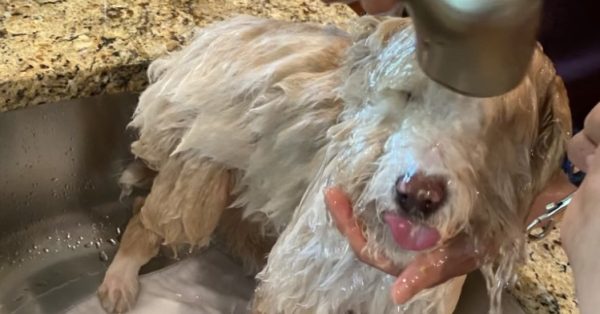
If you and your animal prefer a quieter activity that still allows you to bond, grooming is a great option. Not only does grooming maintain your animal’s coat and keep it healthy, but it also relieves any tension your animal may be experiencing. Grooming can range anywhere from simple brushing to a full-on bath.
If you want to step it up, try dressing them up. With Halloween just around the corner, figure out the kind of costume your animal would look best in!
7. Cat Nap
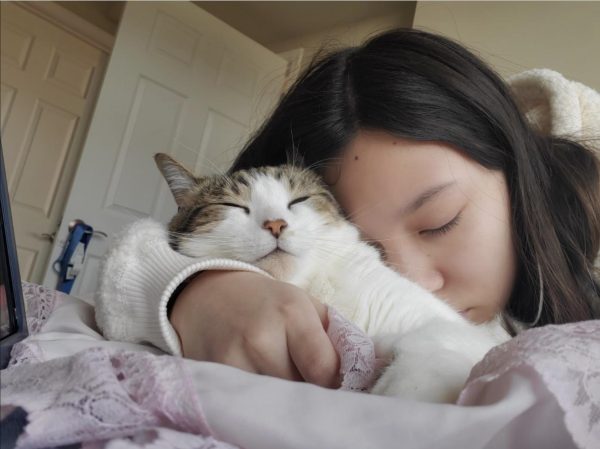
Yep, you read it correctly! As a BIM student, I know for certain that I don’t get enough sleep on a regular basis. My solution? Cat naps, and sometimes, horse naps! Napping is a great way to catch up on sleep and spend some time with your animal. The best part of this is that there are no supplies needed! All you have to do is find a comfy spot for you and your animal and relax. 🙂
8. Stretches
Personally, if I had to choose my favorite activity out of the ones listed, it would be stretches. When I can’t squeeze in enough time for my animals, I like to spend 5 minutes stretching them to loosen up any stiff muscles and to relieve them from any tension they may be having.
Of course, stretches will vary from animal to animal. For my horses, I like to use treats to really get them to stretch the muscles and ligaments in their necks. For my cats, due to their smaller size, I stretch them completely at once before treating them. The kind of stretches you choose to do and how you go about it is all up to you and your animal, but always be sure to have treats on hand to encourage them!
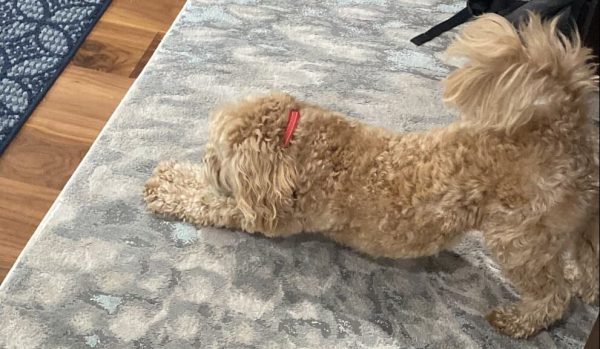
Below is a list of some stretches you can start off with:
- Tail Pull: This stretch is exactly as it sounds. Take your animal’s tail by hand and gently pull until you feel resistance. Hold it for 10 seconds, then release, and reward with a treat.
- Limb Flexion: Take your animal’s leg and push it inward towards their abdomen to activate the flexor muscle or tendon. You may have to go deep until you feel resistance. Once you do, hold it for ten seconds, then release and reward.
- The Downward Dog: Though it has the word “dog,” this stretch is most often seen in cats. In this stretch, the animal will stretch their fore-end back and stick their tail straight in the air. Most cats naturally will do this on their own, so you probably don’t need to help them with this stretch. This stretch can be taught to dogs too.
- Meown-Walk: Have your cat lie down on their side. Gently grab their hock (the joint pointing out on their hind leg), and pull it back until you feel slight resistance. Hold it for 10 seconds, then release and award them with a treat.
- Big Eagle: A stretch for birds, “Big Eagle” stretches out the most important feature of aves…their wings. Teaching this involves a method similar to pressure-and-release, where a cue with your hand in the shape of hand-horns is used to command your bird to flap up its wings. To learn how to do this, click on the video here.
9. Swimming
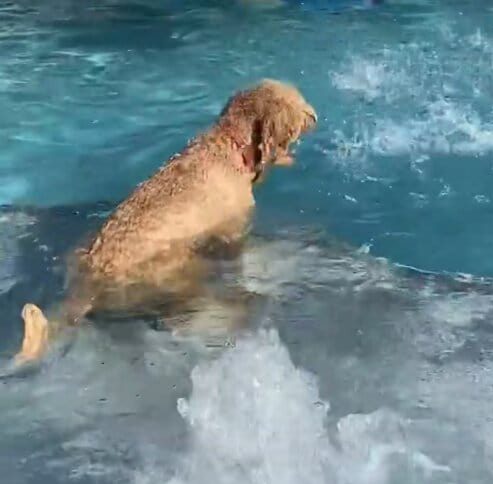
Ahh, everyone’s favorite summer activity…and a dog’s too! If you ever find it to be warm outside and don’t have much to do, take your pup down to the pool or the lake! When swimming, your dog gets to exercise as well as cool off from the heat. On top of that, if you’re at a lake, you also get to embrace the nature around you while you and your dog have a splash. What could be better than that?
Before taking them down to the pool or lake, be aware of how your animal may react to it at first. While your golden retriever may willingly jump in and take a splash, your pug may be hesitant, and that’s okay. Be patient with them, and if needed, try taking them down a few times per week so they can get accustomed to it. Once your animal feels confident in the water, try playing some water games! Throw a ball, have them chase you, or simply try to splash them!
10. Geocaching
Finally, we have geocaching. If you ever find yourself with a good amount of time on your hands, this is a perfect activity to go enjoy the outdoors!
This activity is very much a treasure hunt, but with some tweaks. First, both the person and the dog are involved in seeking out what is being hidden. Second, the hunt is done outdoors, like at a park; this creates more challenges for the players. Lastly, and most notably different from a regular treasure hunt, the person has to use a high-tech app tracking GPS coordinates to search for the cache—the hidden object. Because of how geocaching is an activity shared worldwide, it may not be accessible to everyone. While this activity is geared towards dogs, any animal with the right endurance and strength can do it.
To geocache, you need to first download the geocaching app. Navigate a geocache area near you, and start searching! Once you find it, sign your name into the logbook, and if you would like, place some items there to trade with other players.
Geocaching can be done anytime, anywhere! Just beware of your fitness and your animal’s before you begin.
No matter what activity you choose to do, every activity is sure to improve your relationship with your animal as well as provide invaluable enrichment for them. So, what are you waiting for? Go ahead and have some fun with your #1 companion in the world.

